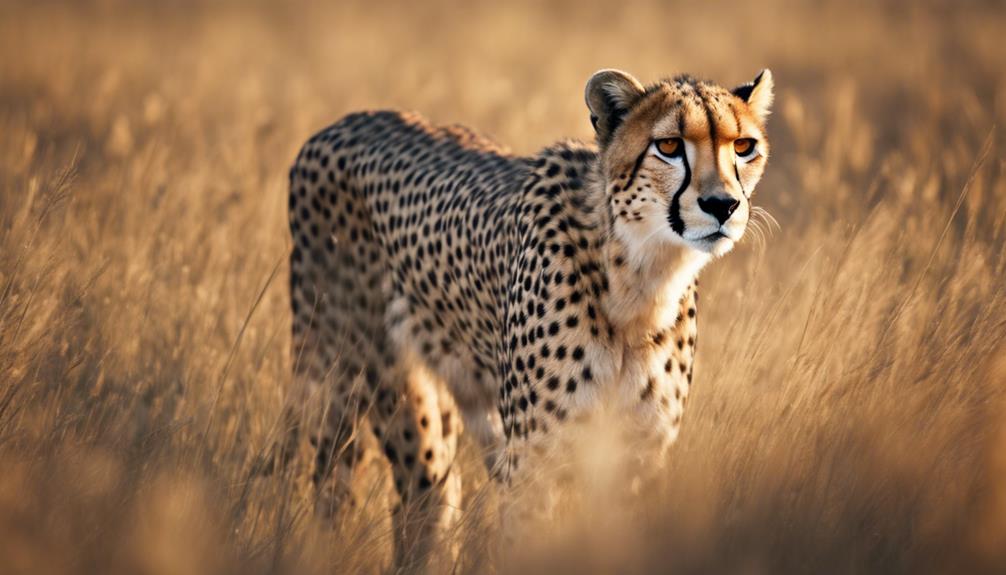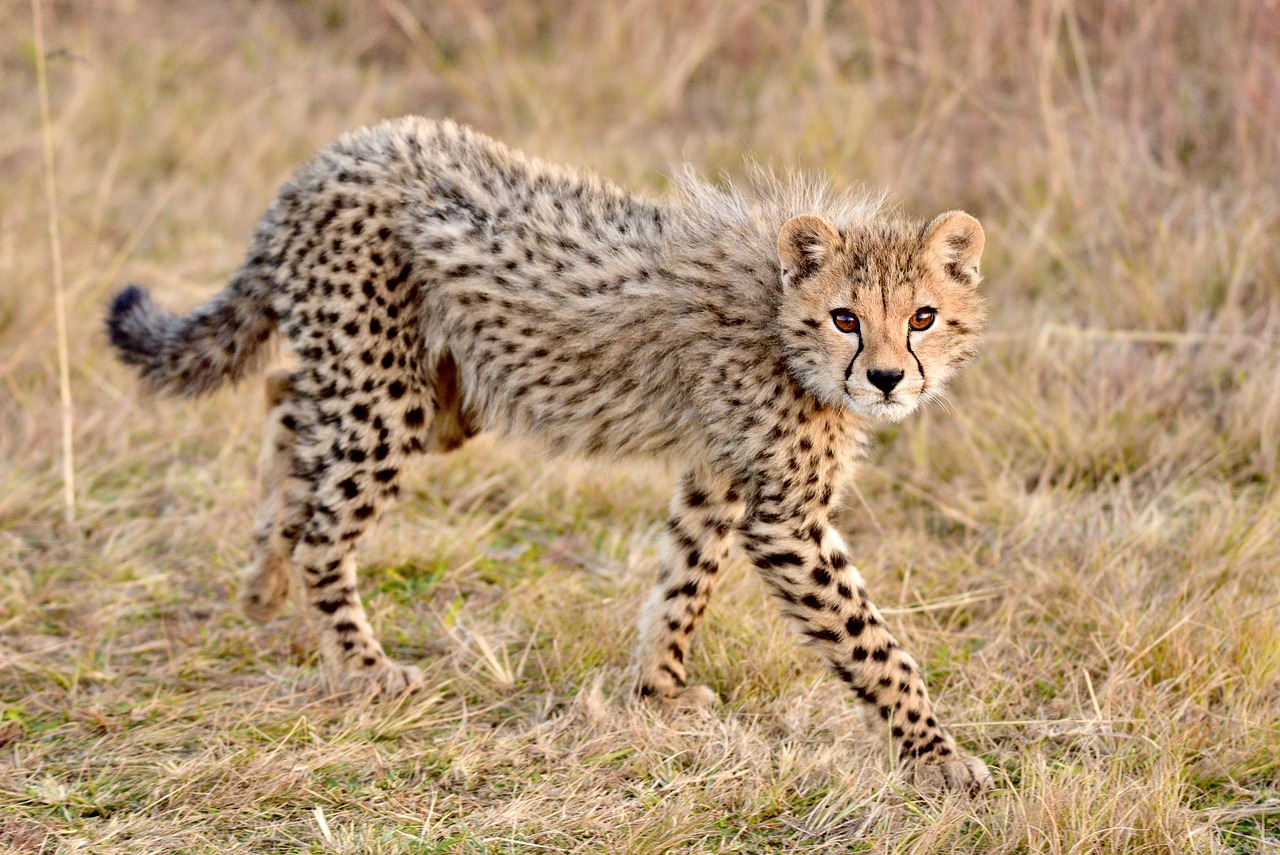
Nurture your curiosity about cheetahs' interactions with humans and uncover the surprising truths that challenge common perceptions.

Nurture your curiosity about cheetahs' interactions with humans and uncover the surprising truths that challenge common perceptions.
Do you want to experience the thrill of the fastest land animal in the world? Step into the world of the cheetah ( Acinonyx jubatus ) and explore its fascinating lifestyle, behaviour and diet. Picture yourself witnessing a cheetah in action, as it effortlessly sprints across the grasslands, reaching incredible speeds of up to 81 miles per hour.

Cheetahs are known for their remarkable speed and strength. These awe-inspiring creatures can reach speeds of up to 70 mph, making them the fastest land animals on Earth. With a lightweight body, long legs, and a flexible spine, cheetahs are able to achieve maximum stride length and agility. Their non-retractable claws provide better traction, while their tails serve as a rudder for balance during high-speed chases.

Topics covered: I. Background on CheetahImportance of studying cheetah ecology II. Habitat and Distribution Range of cheetahs Habitat requirements Factors affecting habitat suitability III. Diet and Hunting Behavior Prey selection Hunting tactics Competition with other predators IV. Reproduction and Life CycleMating behavior Gestation and birth Development and growth V. Population Dynamics and Conservation VI. Human-Cheetah Interactions VII.

Cheetahs are known for their incredible speed and agility, making them the world’s fastest land animals. With their long, lean bodies and powerful leg muscles, cheetahs can reach speeds of up to 60 miles per hour (97 km/h) in just a few seconds. But how long can they keep up this incredible pace?

Here are some interesting facts about cheetahs: Cheetahs are the fastest land animals and can run up to speeds of 60 to 70 miles per hour. They have a unique anatomy that allows them to run at such high speeds, including a long, slender body, a long tail for balance, and powerful leg muscles. Cheetahs are known for their distinctive black “tear marks” that run from the inside corners of their eyes down to the sides of their noses.

Unlike other big cats such as lions, tigers, and leopards, cheetahs are unable to roar, instead, they purr and chirp. This is because of the structural differences in their vocal cords and larynx (voice box). The ability to roar is due to the presence of a bony structure called the hyoid bone in the neck, which supports the larynx and the vocal cords.

Cheetahs: The Solitary Hunters of the Savannah Cheetahs are known for their incredible speed and agility, making them one of the most fascinating big cats in the world. But despite their fear some reputation as hunters, these cats lead surprisingly solitary lifestyles. In this blog post, we will explore the reasons why cheetahs live alone and what this means for their survival.

Cheetahs are known for their incredible speed, agility, and strength, which make them one of the most effective predators in the animal kingdom. Their hunting skills are remarkable, and they rely on these skills to catch prey for survival.

Due to the cheetah’s specialization in speed, it has developed many morphological and physiological adaptations. For aerodynamics, it has a small head, lightweight and thinly-boned skull, flat face, and a reduced length of muzzle that allows the large eyes to be positioned for maximum binocular vision, enlarged nostrils, and extensive air-filled sinuses.